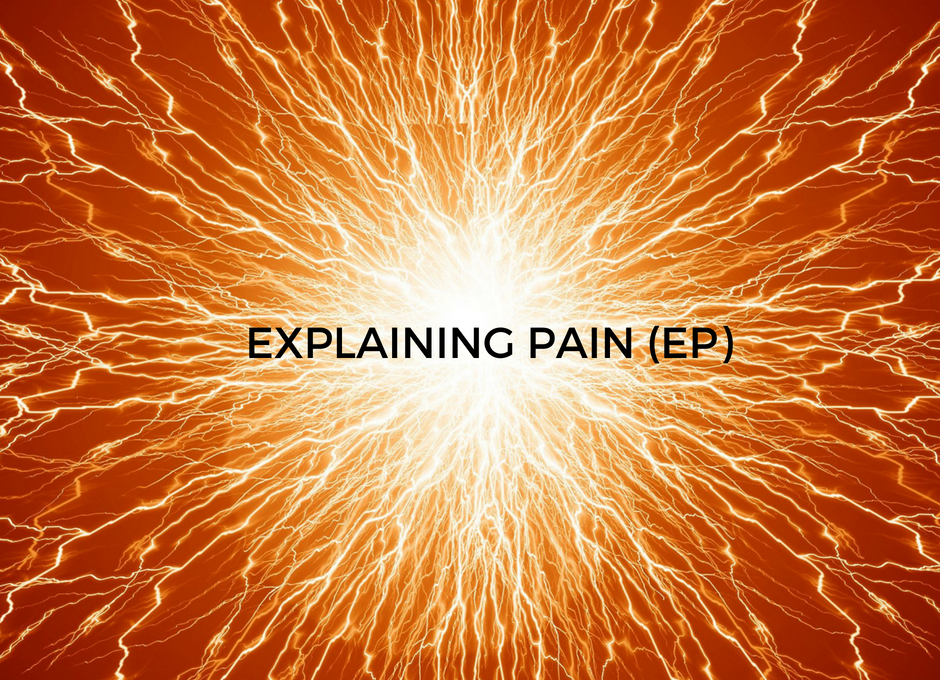What’s This Research About?
Lorimer Moseley and David Butler are renowned researchers and clinicians who have been working with pain science and treatment for more than two decades. They pay homage to the groundbreaking biopsychosocial model that serves as the backbone of modern pain science. This model recognizes that pain is multi-faceted with biological, social, and psychological influences and therefore needs to be managed with multiple modalities.
Explain Pain (EP) and Cognitive Behavioral Therapy (CBT) arose from this model but the authors note that CBT focuses mainly on cognition and beliefs, with reasoning that implies that pain is inevitable. The authors note there is some benefit to using CBT, but its efficacy can be dependent on the practitioner’s pain knowledge. The research also shows it’s not the most effective treatment protocol for long term pain relief.

TITLE: Fifteen Years of Explaining Pain: The Past, Present, and Future
PUBLICATION: The Journal of Pain
DATE: 2015
AUTHORS : Lorimer Moseley, David Butler
Biopsychosocial Model: This model recognizes that pain is multi-faceted with biological, social, and psychological influences and therefore needs to be managed with multiple modalities.
Cognitive Behavioral Therapy (CBT): An intervention that focuses more on modifying thoughts, behaviors, and beliefs in order to manage the input of pain. It focuses more on managing pain rather than decreasing the pain itself.
Explaining Pain (EP): An intervention that focuses on pain education, reconceptualizing pain knowledge and combining it with other modes of rehabilitation as a means of pain treatment. Foremost EP teaches that pain is a marker of perceived need to protect body tissue, and not a marker of actual tissue damage.
Nociception: The sensory process of assessing threat and alerting the brain about potential damage. Nociceptors are sensory neurons that alert us to potential damage. They detect extremes in temperature and pressure and injury-related chemicals, and relay that information to the brain. The brain then evaluates those signals and “decides” whether or not to emit a pain signal.

